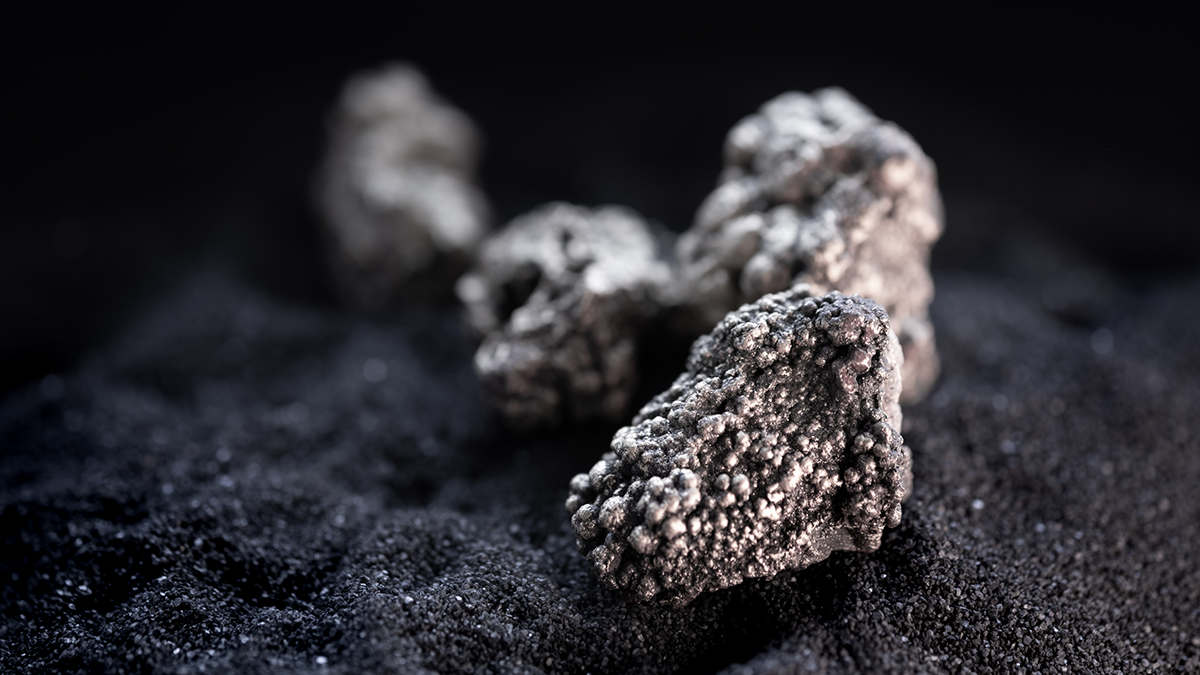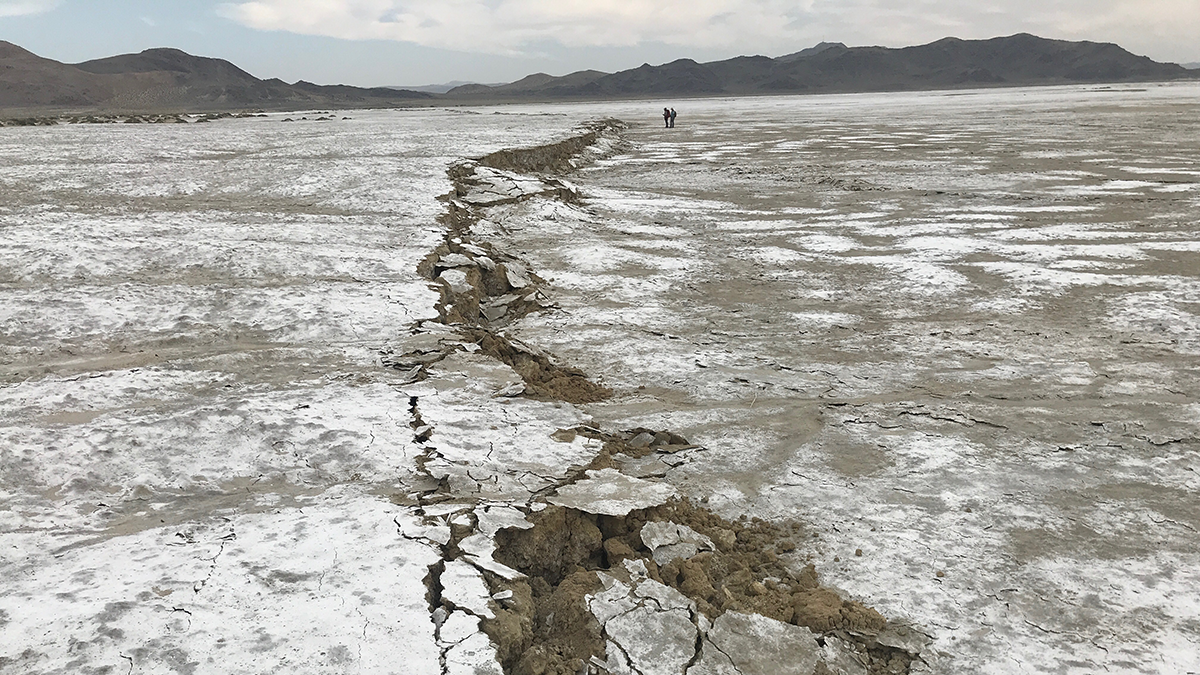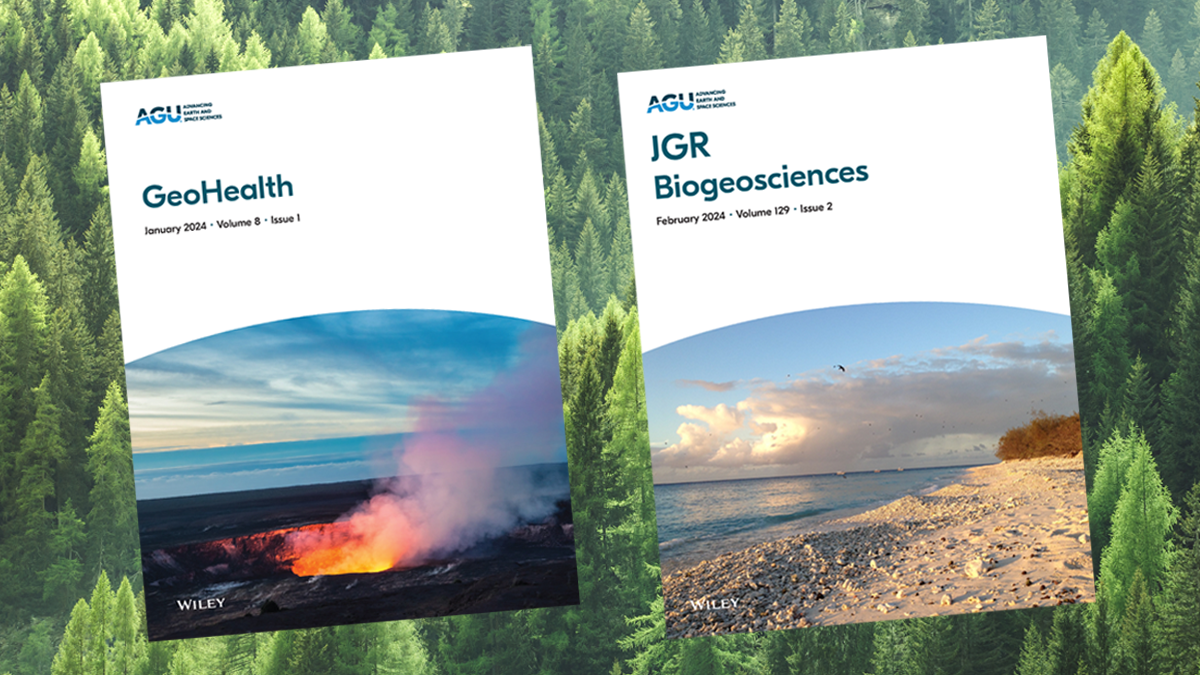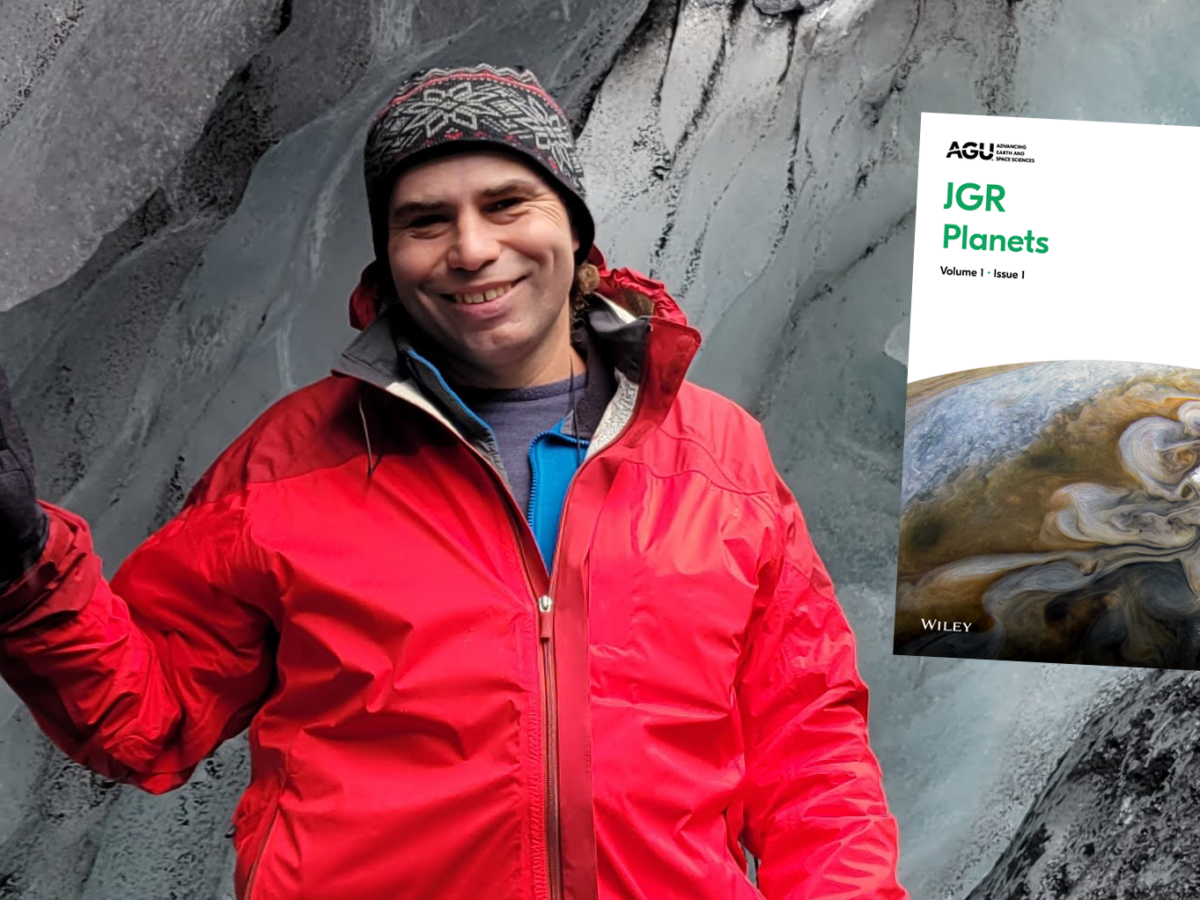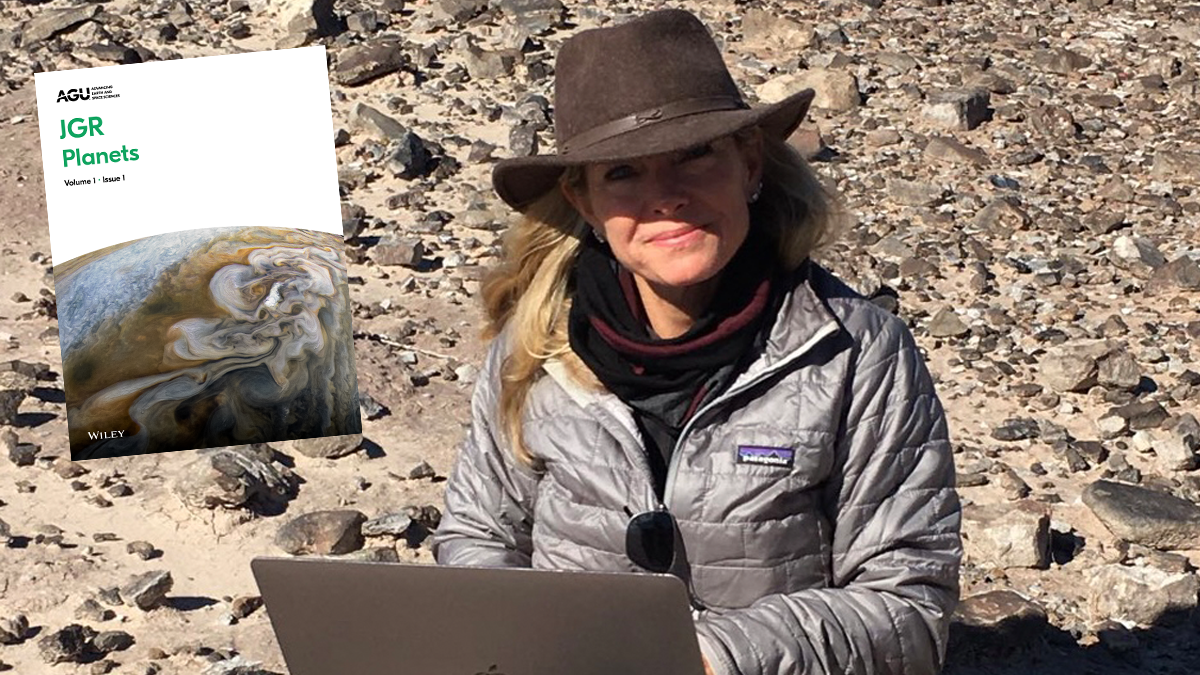A new book explores how more sustainable methods are being applied to the recovery, processing, and purification of rare earths used in everyday technologies.
Editors’ Vox
In Appreciation of AGU’s Outstanding Reviewers of 2023
AGU editors recognize the contributions of peer reviewers in 2023, who helped advance the Earth and space sciences while maintaining the integrity and accountability of the scientific record.
An All-Community Push to “Close the Loops” on Southern Ocean Dynamics
A new study highlights the connected nature of the Southern Ocean dynamic system, the research priorities needed to understand its influence on climate change, the importance of cross-disciplinary collaborations.
Operational Earthquake Forecasting – What Is It and How Is It Done?
While earthquakes cannot be deterministically predicted, operational earthquake forecasting systems can provide valuable insights into the likelihood of future quakes.
Lifting the Veil of Journal Editing
AGU Publications is excited to announce Early Career Editorial Fellow programs for JGR: Biogeosciences and GeoHealth for mentoring the next generation of journal editors.
Introducing the New Editor-in-Chief of the ESS Open Archive
Learn about the person taking the helm of the Earth and Space Science Open Archive and their vision for the coming years.
Seismology Helps Us Understand How Material Flows in Earth’s Deepest Mantle
Recent progress in the analysis of seismic waves enables us to determine where, and sometimes how, the base of the mantle deforms.
AGU Introduces a New Policy to Foster Inclusion in Global Research
AGU Publications updates its authorship policy to foster greater equity and transparency in global research collaborations and help to address the issue of parachute science.
Reflecting on 5 Years at the Helm of JGR: Planets
The outgoing Editor-in-Chief of JGR: Planets reflects on the position of planetary sciences within AGU and the dedication of the planetary science community to supporting sound and insightful science.
Introducing the New Editor-in-Chief of JGR: Planets
Learn about the person taking the helm of JGR: Planets and their vision for the coming years.

